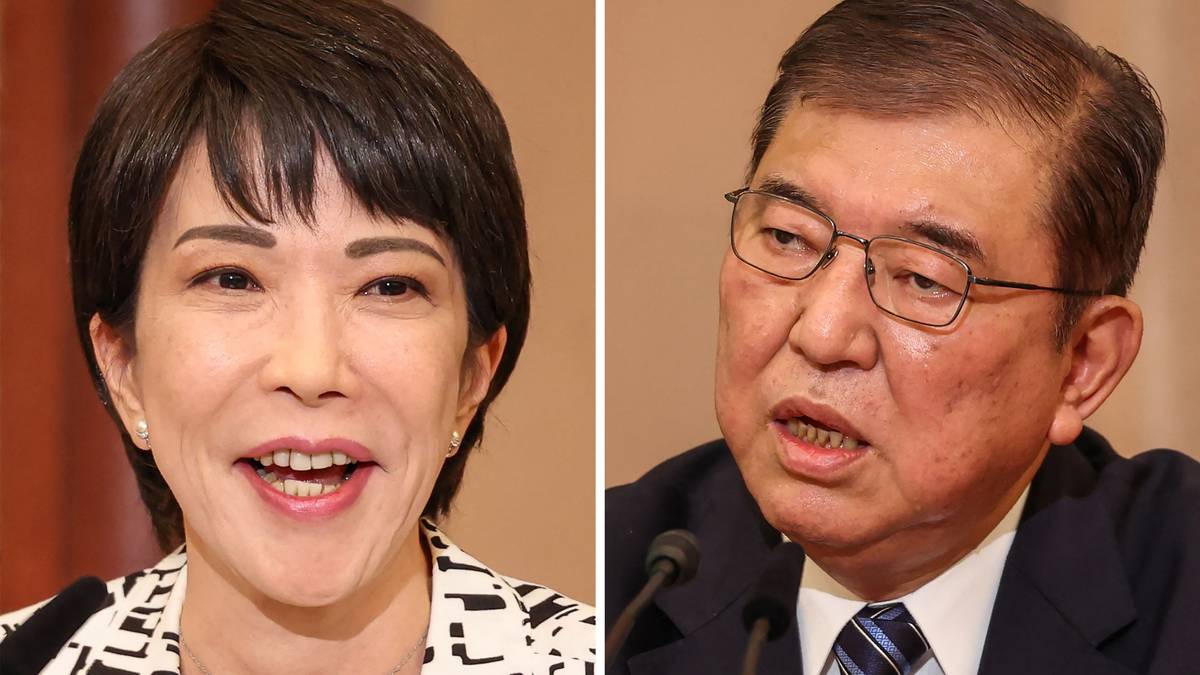The LDP elected a new party leader, after current leader Fumio Kishida announced in August that he would not run for re-election.
Now it has become clear that Shigeru Ishiba will be the new Prime Minister of Japan.
The Liberal Democratic Party is the ruling party in Japan, and Kishida is the current Prime Minister, which means that the new leader of the party will take over as Prime Minister.
Kishida served as prime minister for three years, during which time he became less popular, partly due to inflation in the country.
– I felt that my resignation was necessary to restore people's confidence in the Liberal Democratic Party. “I made this decision based on what I believe is best for the people,” Kishida said when announcing his election.
Liberals vs conservatives
In total, there were nine candidates running for election. The elections were held in two rounds, with two of the nine candidates advancing after the first round. The winner of the second round will become the new leader of the party and will be sworn in as prime minister on Tuesday.
Of the nine candidates, three were selected as advance candidates. After the first round, it became clear that Japan would not have its youngest prime minister ever, as one of the candidates, Shinjiro Koizumi, was eliminated in the first round.
The second round ended with two candidates representing very different trends within the party.
1. Sanae Takaishi (63)
Sanaa Takish has extensive political experience. She was one of the candidates in the previous leadership elections, but came in third place.
Photo: AP
Takaichi has many years of experience in Japanese politics, and has held a wide range of ministerial positions since 2006, most recently in charge of the economy. She belongs to the ultra-conservative part of the Liberal Democratic Party, and sees Margaret Thatcher as a role model.
If Takaichi wins, she will become Japan's first female prime minister, but she has avoided declaring that she is a woman.
2. Shigeru Ishiba (67)

Shigeru Ishiba is more center-oriented than his more conservative counterpart.
Photograph: Kim Kyung-hoon/Reuters
Ishiba is seen as more liberal and free-thinking, in contrast to the youngest candidate, Shinjiro Koizumi. He enjoys good support among the people, but is less popular in his party.
His popularity among voters will be a good asset next year, when government elections are held. He is also ready to rethink many issues that concern young people.
Dissatisfaction among people
Whoever assumes the position of Prime Minister has a difficult task ahead of him. The rise in prices and costs of living has led to people's dissatisfaction.
Moreover, unrest and tensions have increased in the face of North Korea's continued development of nuclear weapons, while China is arming itself.
However, there are other issues that have greatly characterized the election campaign.
There are several issues of value that pit conservative forces against liberals in the party, including:
- Allow same-sex marriage
- Allow married couples to have different names
- Women's share in parliament
- Nuclear energy
Unsurprisingly, conservative Sanae Takaishi opposes same-sex marriage, that women can keep their family name after marriage, and does not want a quota for women in parliament.
On the other hand, it is positive about nuclear energy and wants to invest more in the industry. Nuclear energy is a topic that divides Japanese citizens, especially after the Fukushima accident.
Shigeru Ishiba is more open to change on all of these issues.
Both agree on the need to strengthen Japan's defense capacity.
Published
09/27/2024 at 07.30
Updated
09/27/2024 at 08.38

“Organizer. Social media geek. General communicator. Bacon scholar. Proud pop culture trailblazer.”

